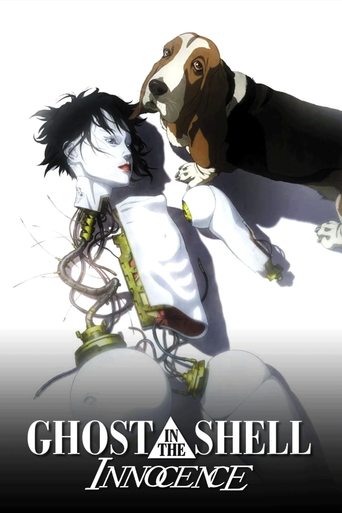When machines learn to feel, who decides what is human...
"Ghost in the Shell 2: Innocence" is a mesmerizing Japanese animated cyberpunk film directed by Mamoru Oshii, released in 2004. A sequel to the 1995 classic "Ghost in the Shell," based on Masamune Shirow’s manga and produced by Production I.G, it delves deeper into a futuristic world where the boundaries between human and machine blur hauntingly. The story follows Batou (voiced by Akio Ōtsuka), a stoic cyborg detective with Section 9, as he investigates a string of murders by gynoids—lifelike female robots designed for companionship. These machines inexplicably turn on their owners, kill, then self-destruct, their brains wiped to shield proprietary software. Paired with human partner Togusa (Kōichi Yamadera), Batou uncovers a chilling conspiracy tied to a rogue gynoid whose final plea—“Help me”—hints at a ghost of consciousness within the code. Their probe navigates a neon-drenched dystopia, wrestling with questions of sentience and soul. Renowned for its breathtaking animation—blending CGI and traditional techniques—and Kenji Kawai’s ethereal score, "Innocence" is a visual and philosophical feast. Oshii’s dense script, peppered with literary references from Confucius to Milton, elevates its existential musings, though it occasionally sacrifices pace for contemplation. Released in 2004, "Ghost in the Shell 2: Innocence" premiered at Cannes, earning praise as a cerebral successor to its predecessor. A niche masterpiece, it’s lauded for its artistry and provocative inquiry into what defines humanity in a world of artificial life.
年份2004
主页
运行时间100 分
收入10079829$
类型动画剧情科幻
制作国家Japan





